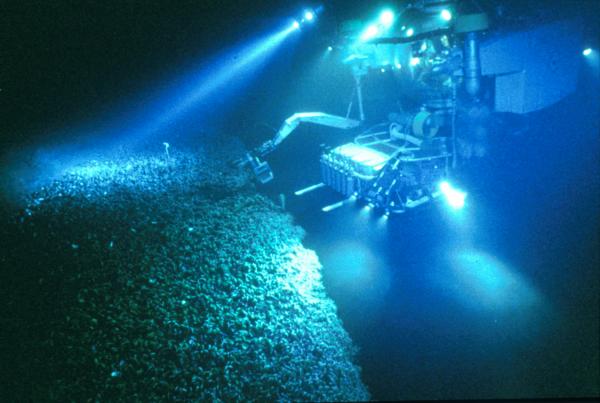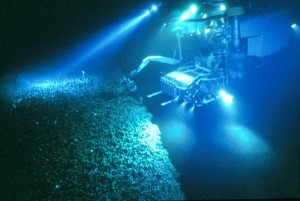What do you study that? It’s a common question, and one that’s often hard to answer. Some subjects have obvious and immediate uses (medicinal drug development is an obvious one) but others have less clear goals. Much, if not most, of science proceeds through slow increments building on past knowledge, without any grander desire than to find out why something is the way it is. Even discoveries that have revolutionised our lives were seen as small curiosities when first discovered. When asked about the use of electricity following its discovery Michael Faraday is said (erroneously) to have claimed “…one day you can tax it”.
Ecology is one area where the immediate uses are often hard to pin down. Surveys of animals are lovely, but what really is the point? In these economically-straitened times such questions demand an answer, if only because without one those surveys will no longer be funded. A recent survey by Marine Scotland brilliantly highlights their importance, discovering new species and new habitat which has major implications for fishing in the area.
They report the presence of extensive deep sea coral reefs and at least two new species of chemosynthetic clam which is a strong indication of the presence of cold seeps. Cold seeps are areas in the deep ocean where chemicals seep from the crust into the water. They were first discovered in 1983 and use hydrogen sulphide, rather than sunlight, as the basis of their ecosystem. The seep found by Marine Scotland is the first in near-UK waters and only the third in the North-East Atlantic, so it is a significant (and fantastic!) discovery.
The report also found evidence of extensive habitat loss due to bottom trawling. Bottom trawling is arguably one of the most destructive forms of fishing, taking not just the target fish but also any habitat that dares to rise above the sea bed. Rocks, sponges and corals all get caught and what is left behind is a barren plateau that can take years to recover. Due to the presence of the rare habitats found by the survey, as well as the clear evidence of fishing activity in the area, the report strongly recommended closure of fishing grounds in the survey area.
No one knew what, if anything, they would find when they left shore. They could have found nothing of importance but instead they found a type of habitat that has not been found in the region before and at least two new species; information that has led to commercially-significant recommendations.
This is the result of just one of the thousands of surveys done each year. Some of those surveys may not be useful now, some may be (like this one), and some may have a use in the future than can’t be predicted. Surveys aren’t glamorous, but they are extremely useful, and they are a perfect example of why not having narrow goals isn’t always a bad thing.
Author
Sarah Hearne: hearnes[at]tcd.ie
Photo credit
www.noaa.gov


